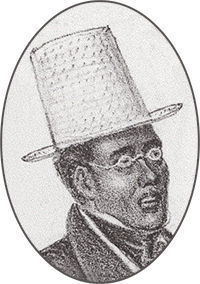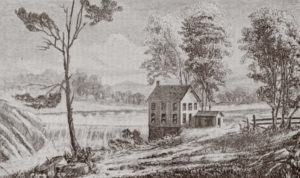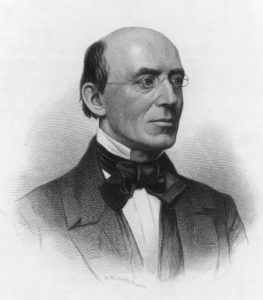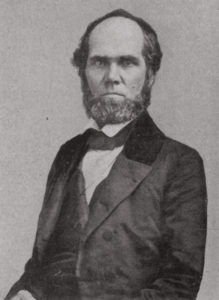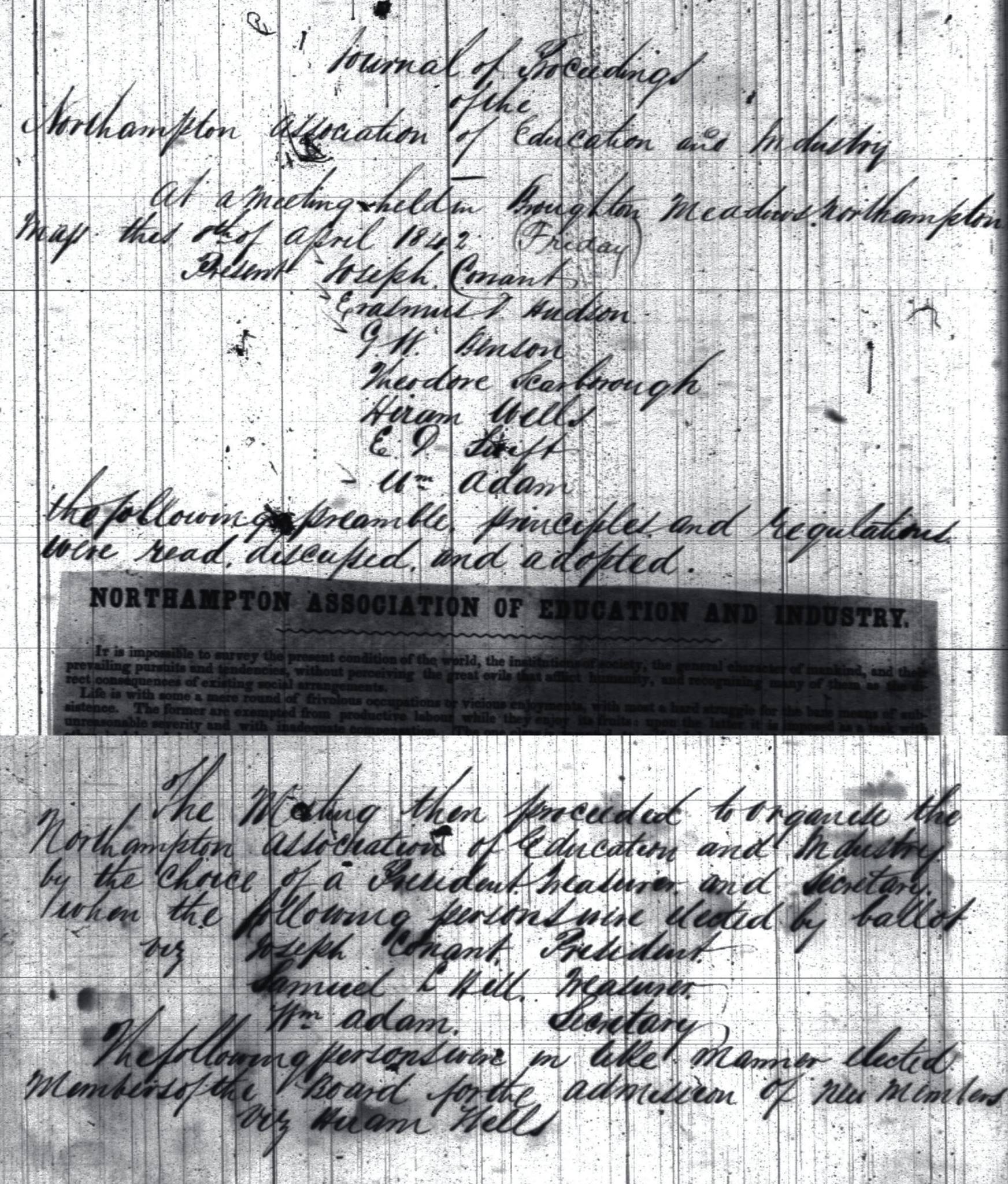A Utopian Community in Florence, MA
(1842-1846)
In 1842, ten families banded together to form the Northampton Association of Education and Industry in a sparsely settled section of town (later renamed Florence). They gathered together in order to form “a better and purer form of society.” They purchased a large four-story working silk mill along with farmland to encourage other like-minded families to join them. Most of the families who eventually signed on lived on the top two floors of the mill building “at common table” sharing meals, living quarters and [washing] housekeeping, and factory duties.
These members were dedicated reformists who cast critical eyes upon developments in their young nation. They supported the immediate abolition of slavery and full rights of citizenship for free black Americans, and sought to enact racial equality in their community life. This stance, “radical” for the time, drew the likes of African Americans David Ruggles and Sojourner Truth to become members. Other African-American families, some of whom had fled slavery, felt encouraged to settle near the Community.
Just as they dedicated themselves to ending slavery in the South, they also acted to address growing social inequality in the industrial North.The NAEI’s 120 members voted to abolish wages within the Community and instituted a system of profit sharing instead. The silk business that supported them, and was meant to provide an alternative to slave-produced cotton fabric, was run as a worker-owned cooperative.
NAEI members also actively supported supported women’s rights, granting them equal standing at Community meetings and community life. They also supported religious tolerance, inviting members of various creeds to join on equal terms.
The tiny village (now Florence) that clustered around the NAEI became a western outpost of Garrisonian abolitionism. National abolitionist leaders including the famed Boston “radical abolitionist” leader William Lloyd Garrison, as well as Frederick Douglass, often visited and spoke at the Community. The community “incubated” abolitionist leaders such as Sojourner Truth who traveled across the country to speak against slavery. It allowed others, such as David Ruggles, a famous abolitionist leader, partially recover his health and become a well-respected hydropath with a thriving business.
Though the community only lasted 4 ½ years, dissolving in 1846, its legacy lived on in the progressivism and industrialism of the village of Florence. Factories thrived along the river. Samuel Hill continued to support the local African American community by providing both jobs in his factory, and the opportunity to purchase homes in Florence. He also established the first Kindergarten in the nation at the Hill Institute, which still provides free kindergarten today.
Additional Resources:
Clark, Christopher, The Communitarian Moment: The Radical Challenge of the Northampton Association (Ithaca, NY: Cornell University Press, 1995).
